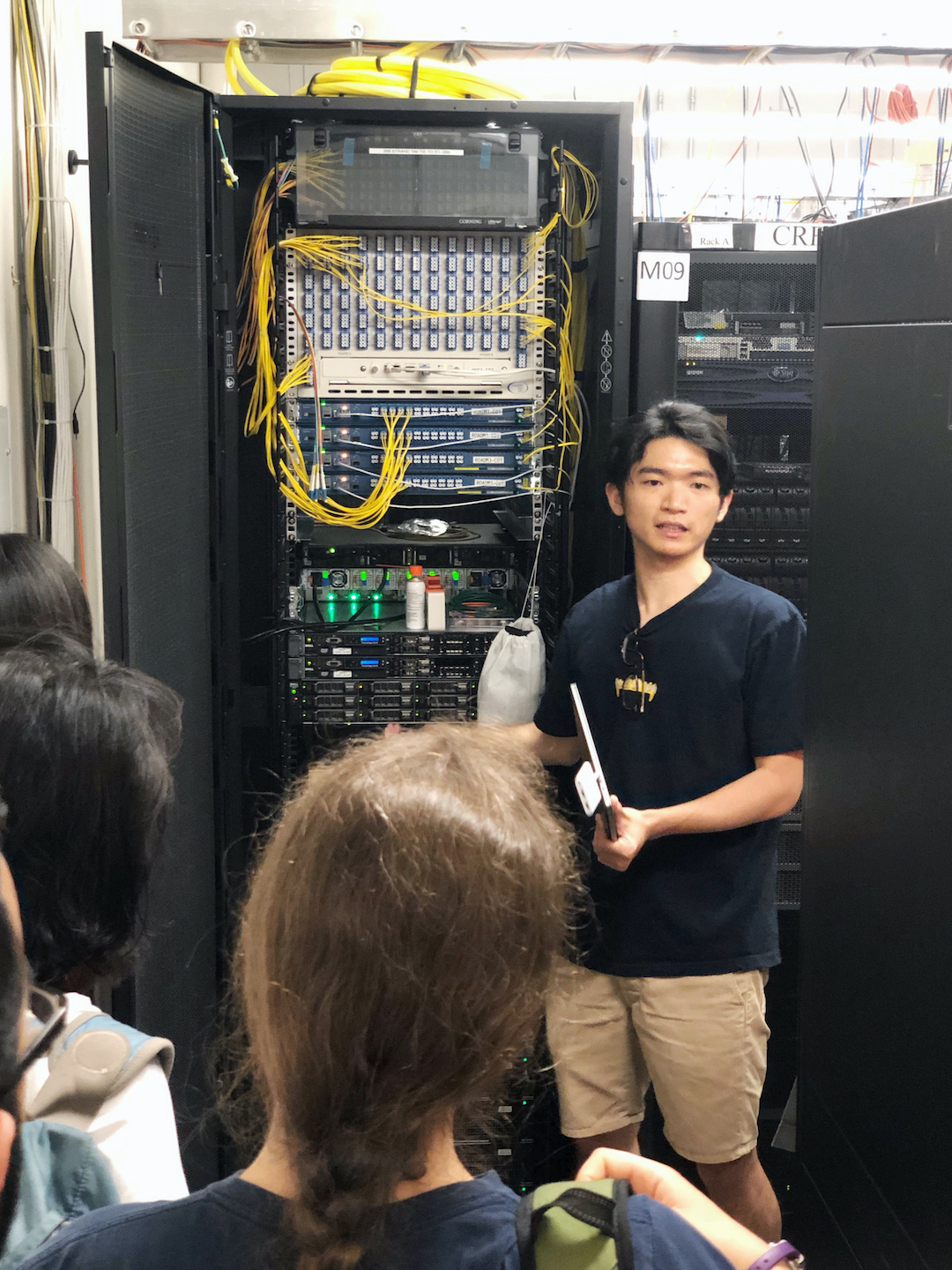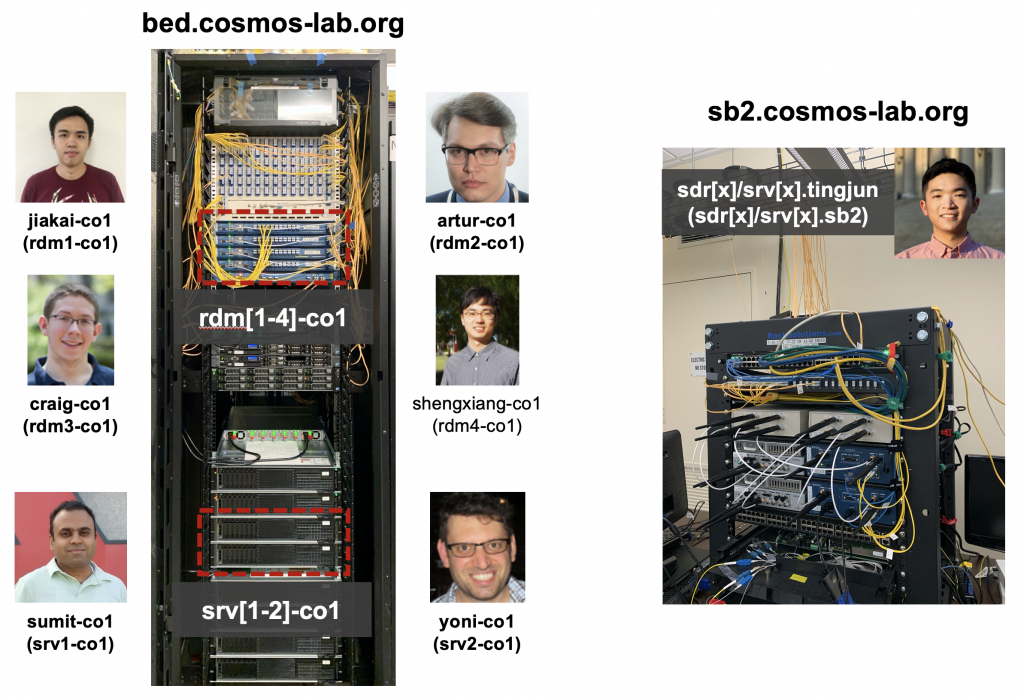
The COSMOS testbed was recently designated as Generally Available, by the PAWR Program Office. Namely, the testbed is now available to experimenters, and NSF PI’s of active research awards can receive up to $50K supplemental funding to conduct experimental research on the testbed (for more details see NSF DCL-20-046).
Numerous students, engineers, researchers, staff, faculty, and community and city partners have made important contributions towards achieving this goal. Specifically, we would like to recognize the contributions of Six Ph.D. students (Jiakai Yu, Artur Minakhmetov, Craig Gutterman, Shengxiang Zhu, Sumit Maheshwari, Tingjun Chen) and a Postdoc (Dr. Jonathan Ostrometzky) who have played key roles and graduated or moved on to the next phase in their career. These team members made contributions to the COSMOS testbed design and deployment as well as the design and implementation of various pilot experiments and tutorials in the testbed.
In recognition of their major contributions, we are proud to name several COSMOS devices after them, based on their research interests and area(s) of contributions, as outlined below. These devices cover the wireless, optical, and computing domains, and include:
- sdr[x]- Software-defined radio (SDR)
The COSMOS radio node is an FPGA-assisted software radio design based on a number of COTS components (USRP, RFSoC, etc). The design supports multiple RF front ends including sub-6 GHz and mmWave. - rdm[x]- Reconfigurable optical add-drop multiplexer (ROADM)
COSMOS implements an optical front-/mid-/back-haul (x-hual) network including Lumentum ROADM units, which enables the investigation of new high speed and low latency networking techniques to support emerging and future wireless technologies and applications. In particular, the ROADM unit adds the ability to remotely switch traffic from a wavelength-division multiplexing system at the wavelength layer. - srv[x] – Servers
COSMOS’ edge cloud computing sites will contain three types of computing resources: CPUs, GPU accelerators, and FPGAs in order to provide flexible and powerful signal processing capabilities, while also supporting general purpose computing tasks required for different applications.
More information on the named devices is available here.
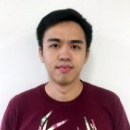
Jiakai Yu’s ROADM
rdm1-co1.bed.cosmos-lab.org <—> jiakai-co1.bed.cosmos-lab.org
Jiakai Yu received his M.S. degree in Electrical Engineering from the State University of New York at Buffalo, Buffalo, NY, in 2015, and his B.S. degree in Physics from Nankai University, Tianjin, China, in 2013. He is expected to receive the Ph.D. degree in Electrical & Computer Engineering/Optical Science from the University of Arizona in Winter 2020. His research interests include software-defined network (SDN), fiber-optic transmission system, 5G wireless & optical networks, and machine learning. He contributed to the SDN controller development of the COSMOS x-haul optical network, including network element management for EDFAs, ROADMs, and Space Switches. Jiakai was a research intern at NEC Labs and Nokia Bell Labs and focused on optical network telemetry and quality of transmission (QoT) tool development.
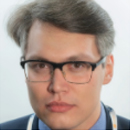
Artur Minakhmetov’s ROADM
rdm2-co1.bed.cosmos-lab.org <—> artur-co1.bed.cosmos-lab.org
Artur Minakhmetov graduated with an M.S. degree in Electrical Engineering from ParisSaclay University and with an Engineering degree from Institut d’Optique Graduate School in August 2016. He obtained his Ph.D. degree from Telecom Paris in December 2019. During 2019, he was a visiting Ph.D. student in the Department of Electrical Engineering at Columbia University, where he contributed to the design and deployment of the COSMOS optical x-haul network as well as to pilot experiments, such as demonstration of dynamic optical network based on online ROADM reconfiguration. In 2020, Autur joined Alcatel Submarine Networks (ASN) as a system design engineer. His current research interests include fast switching optical networks, design of TCP congestion control algorithms, wireless-optical networks convergence for future generation telecommunication networks, and application of machine learning techniques for optical networking.
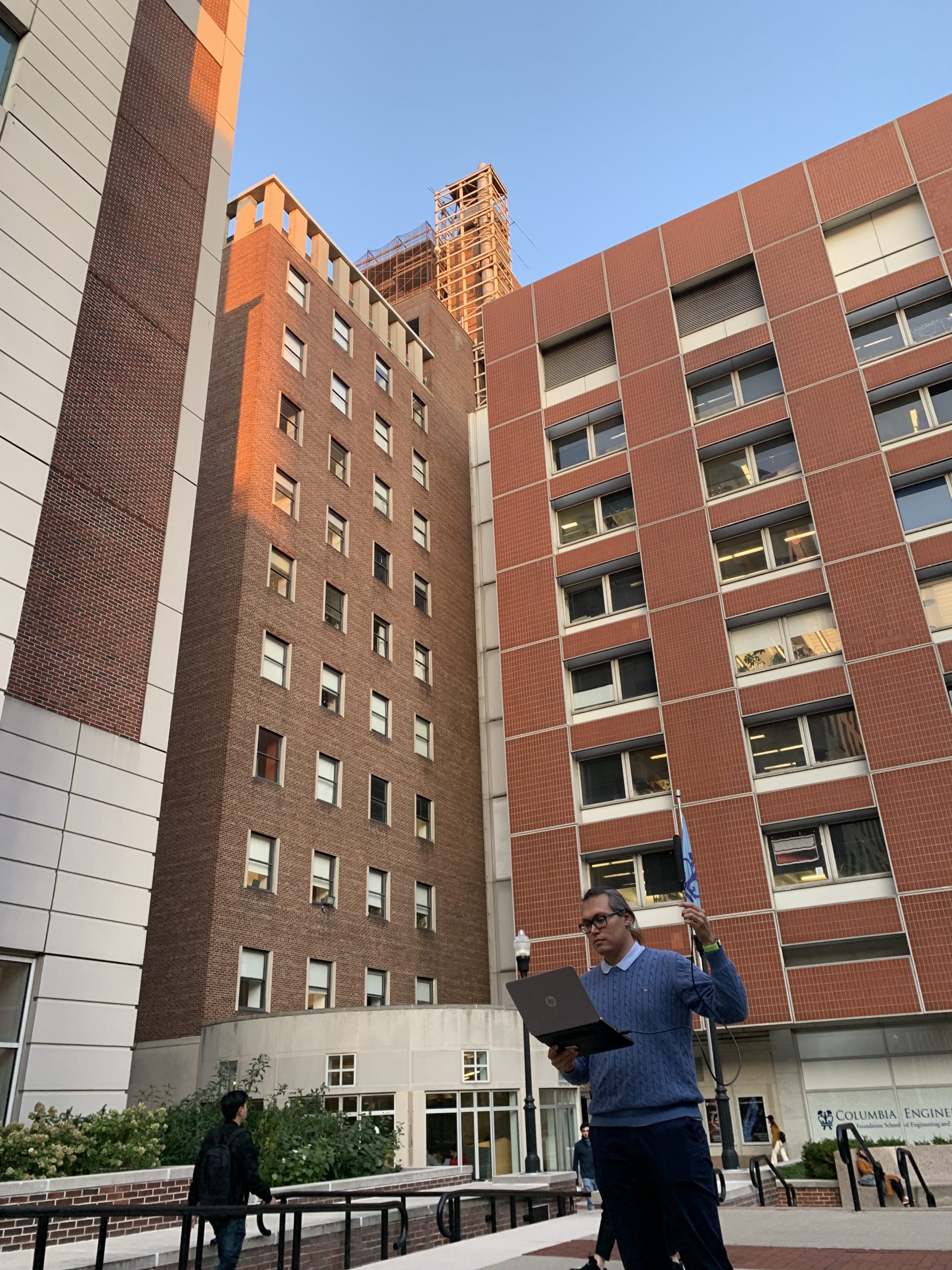
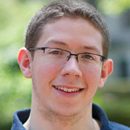
Craig Gutterman’s ROADM
rdm3-co1.bed.cosmos-lab.org <—> craig-co1.bed.cosmos-lab.org
Craig Gutterman graduated with a B.S. degree (summa cum laude) in Electrical Engineering from Rutgers University in May 2012 and an M.S. degree in Electrical Engineering from Columbia University in February 2014. He received his Ph.D degree in Electrical engineering from Columbia University in summer 2020, where he was advised by Professor Gil Zusman.
His research interest is in improving the performance of future networks and systems, by developing machine learning based network systems and data driven network algorithms.
He has made several contributions to the deployment of and experimentation with the COSMOS testbed spanning the wireless, optical, and edge cloud domains. Particularly, he contributed to the design of experiments and tutorials that leverage the COSMOS ROADMs. Craig joined Facebook as a Research Scientist in summer 2020.
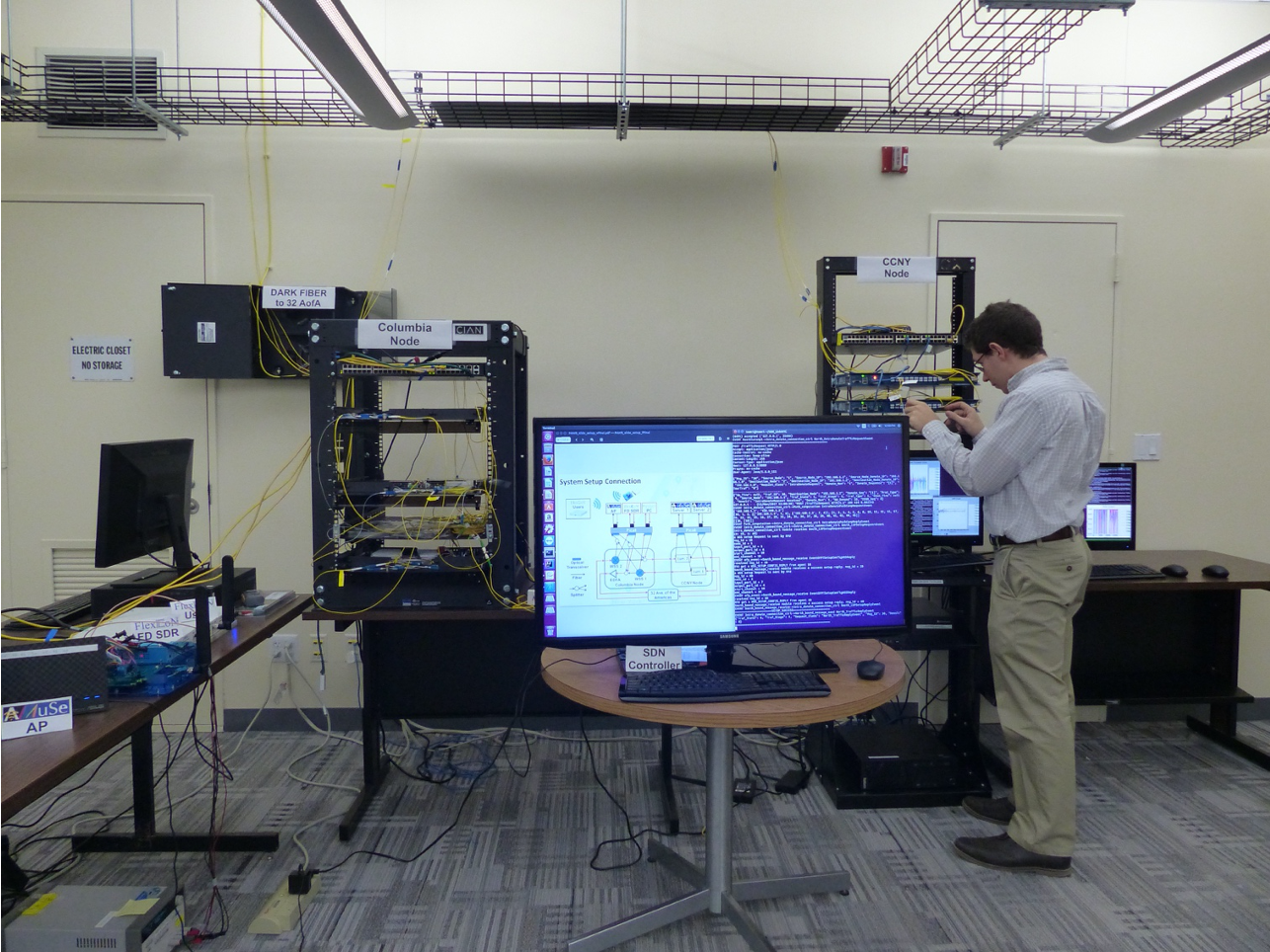
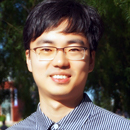
Shengxiang Zhu’s ROADM
rdm4-co1.bed.cosmos-lab.org <—> shengxiang-co1.bed.cosmos-lab.org
Shengxiang Zhu received his Ph.D. degree in Electrical and Computer Engineering from University of Arizona in summer 2020, where he was advised by Professor Daniel C. Kilper. His research interests include advanced optical transmission systems, software defined networks and machine learning based modeling for optical networks. In the COSMOS testbed, he implemented the automation tool for EDFA power characterization and fast probe sampling of optical channel power, both of which have fully automated control over the ROADMs in the testbed. Shengxiang joined Facebook as a Research Scientist in summer 2020.
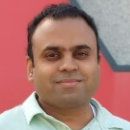
Sumit Maheshwari’s Server
srv1-co1.bed.cosmos-lab.org <—> sumit-co1.bed.cosmos-lab.org
Sumit Maheshwari earned his Ph.D. degree in Electrical and Computer Engineering from WINLAB, Rutgers University under the guidance of Dr. Dipankar Raychaudhuri in Spring 2020. Previously, Sumit held various positions at Nokia Bell Labs, AT&T and Samsung. He has a Masters in Computer Engineering from Rutgers University (outstanding student of the year), Masters in Wireless Communications from IIT Kharagpur, India, and a Bachelors in Electronics and Communication Engineering from Dr. MGR University, India (University topper and Gold medalist). His research interests span across computer networks and wireless communications with specific focus on edge clouds and virtual networks. His contributions to COSMOS include developing and prototyping low-latency applications such as Augmented Reality (AR) demonstrating edge cloud capabilities of the testbed. The work focused on deploying custom topologies enabled with the name-based virtual networks and application specific routing features. Sumit is currently a Software Engineer in the 5G team at Microsoft USA.
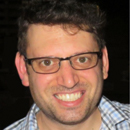
Jonathan Ostrometzky’s Server
srv2-co1.bed.cosmos-lab.org <—> yoni-co1.bed.cosmos-lab.org
Jonathan (Yoni) Ostrometzky received his B.Sc. degree (magna cum laude) and his M.Sc. degree in Electrical Engineering (through the accelerated master program) from Tel-Aviv University in 2009 and 2012, respectively. He obtained his Ph.D. from Tel-Aviv University in December 2017. Between 2018 and 2020 Jonathan was a Postdoctoral Research Scientist in the Department of Electrical Engineering at Columbia University, where he contributed to various aspects of the COSMOS testbed, including the deployment of smart intersection nodes that communicate with the edge cloud servers. Particularly, Jonathan took active part in outreach activities as part of the COSMOS RET summer program in the summers of 2018 and 2019 and in the 5G COVET (COSMOS Verizon Education Toolkit) EdTech Challenge. Since early 2020, Jonathan has been a faculty member at the Faculty of Engineering, Tel-Aviv University, Israel.
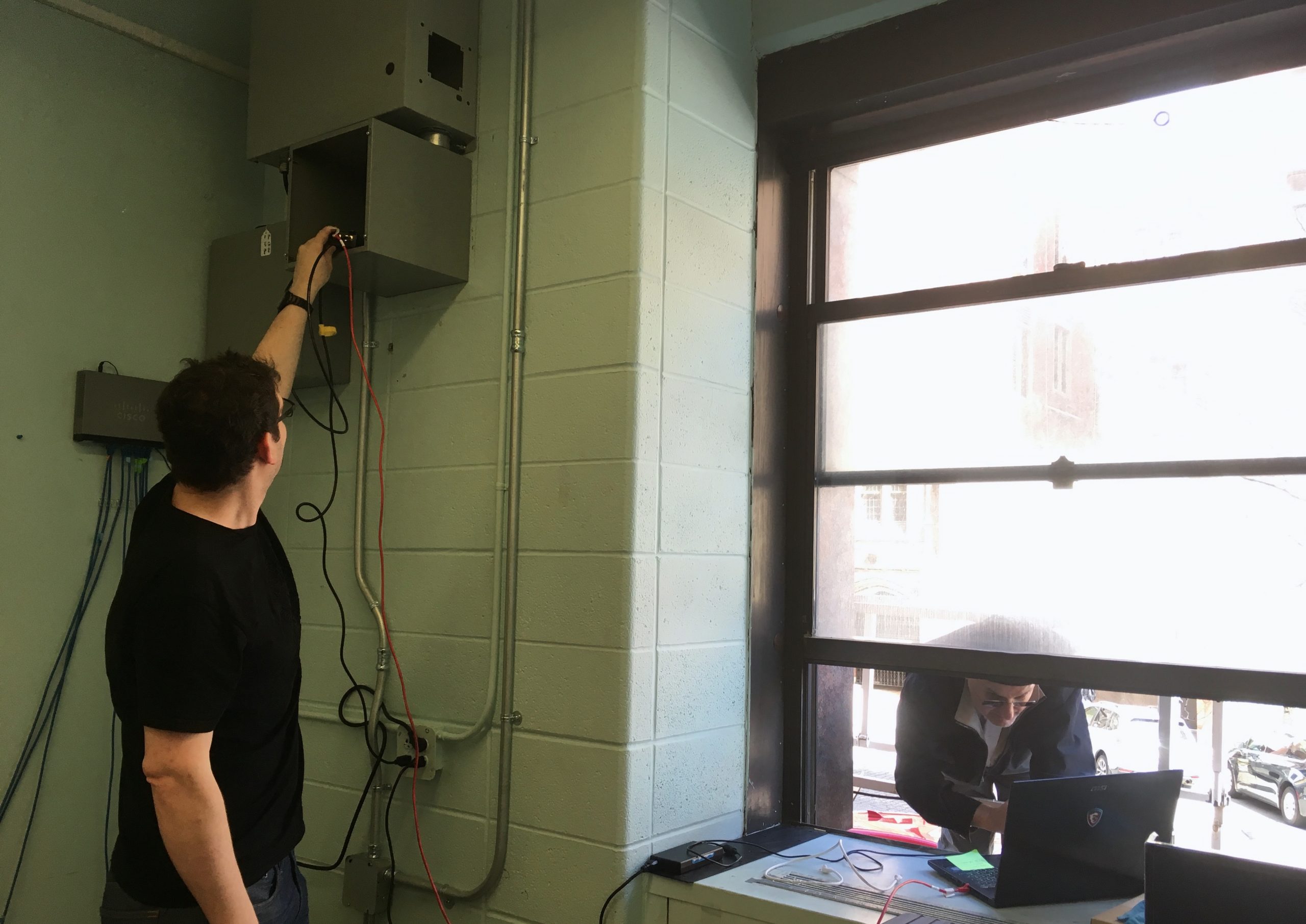
Yoni and Prof. Zoran Kostic installing and testing the camera on the Columbia Mudd Building 1st floor as part of a COSMOS pilot medium node.
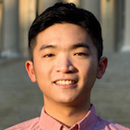
Tingjun Chen’s Sandbox 2
sdr/srv.sb2.cosmos-lab.org <—> sdr/srv.tingjun.cosmos-lab.org
Tingjun Chen graduated with a B.Eng. degree in Electronic Engineering from Tsinghua University, China, in 2014, and received an M.S. degree in Electrical Engineering from Columbia University in 2015. He will receive the Ph.D. degree in Electrical Engineering from Columbia University in Fall 2020, and will join Yale University as a postdoctoral associate working with Professors Leandros Tassiulas and Lin Zhong. He will then join Duke’s Department of Electrical and Computer Engineering as an Assistant Professor in Fall 2021. Tingjun has made several contributions to the deployment and experimentation of the COSMOS testbed spanning the wireless, optical, and edge cloud domains. In particular, he led the integration of FlexICoN’s open-access wideband full-duplex radios in COSMOS Sandbox 2, and is currently leading the integration of the IBM 28GHz programmable phased array antenna modules (PAAMs) in Sandbox 2. In collaboration with Nokia Bell Labs, he has conducted extensive 28GHz channel measurements in the COSMOS testbed area, and the collected dataset has been used to inform the testbed deployment. He has also contributed to the deployment and experimentation of COSMOS’ programmable optical x-haul network and the various supported optical-wireless experiments. Tingjun was featured in the Student Spotlight section of the Columbia Engineering website and a video that highlights his contributions during the COSMOS pilot deployment process can be found here.
